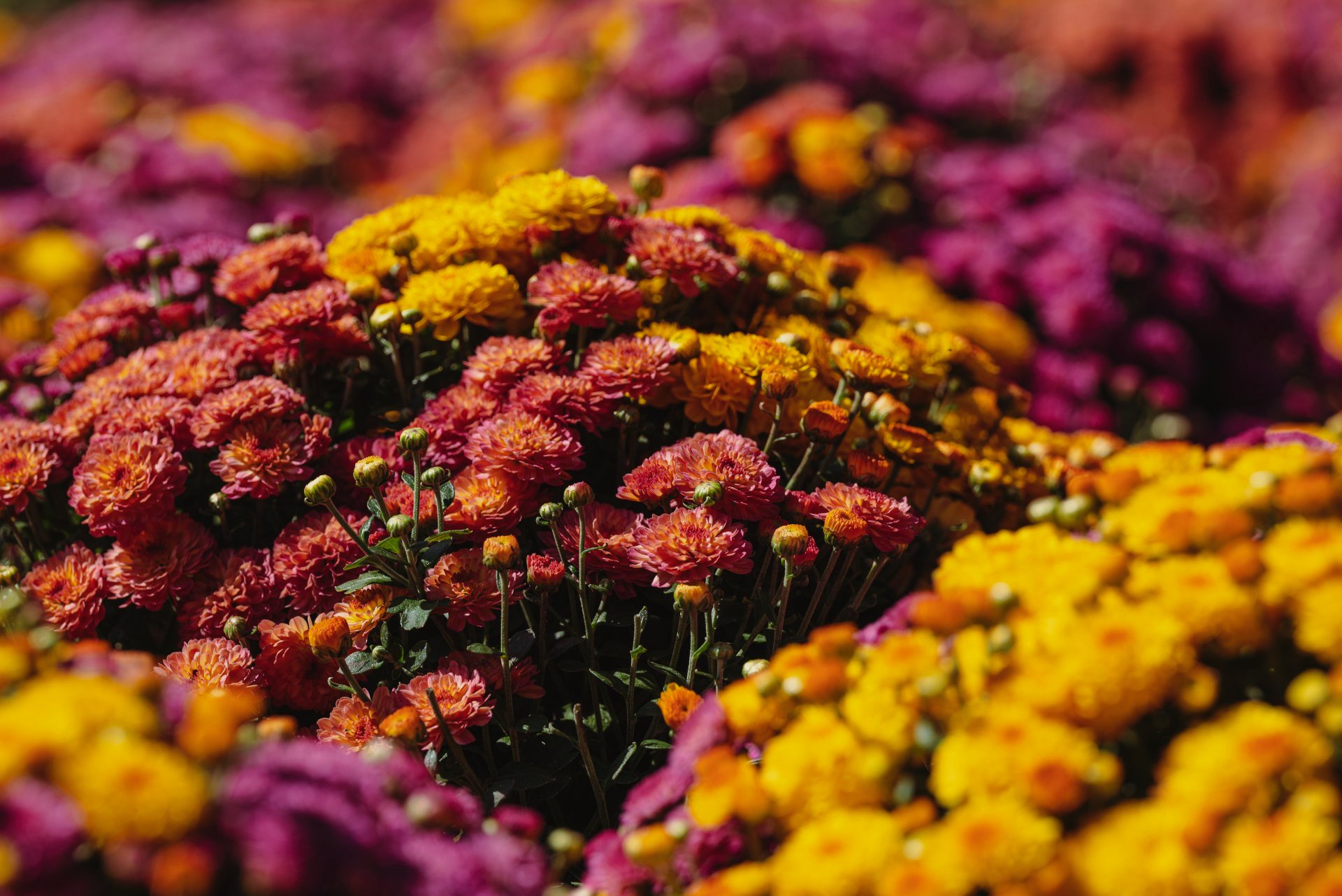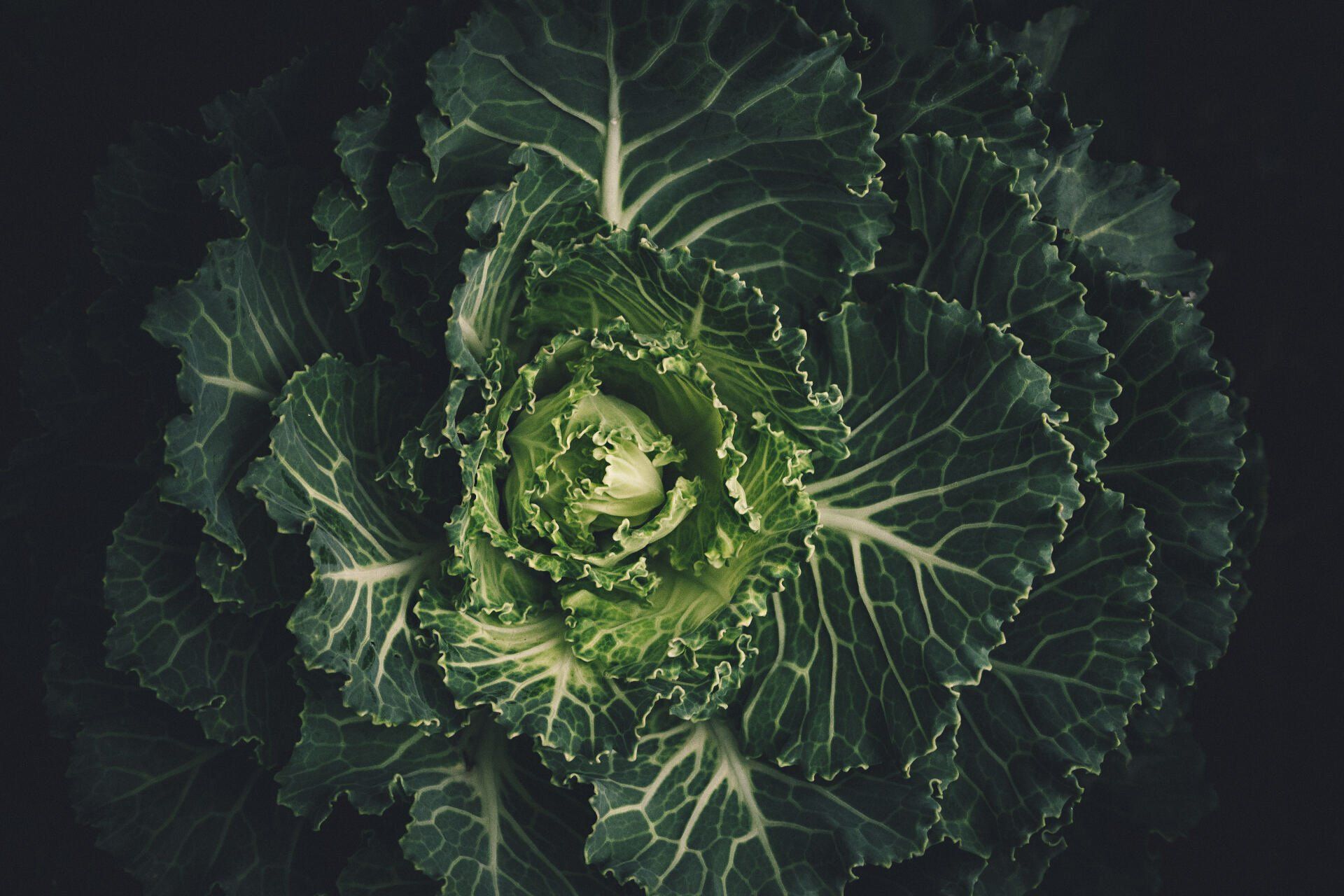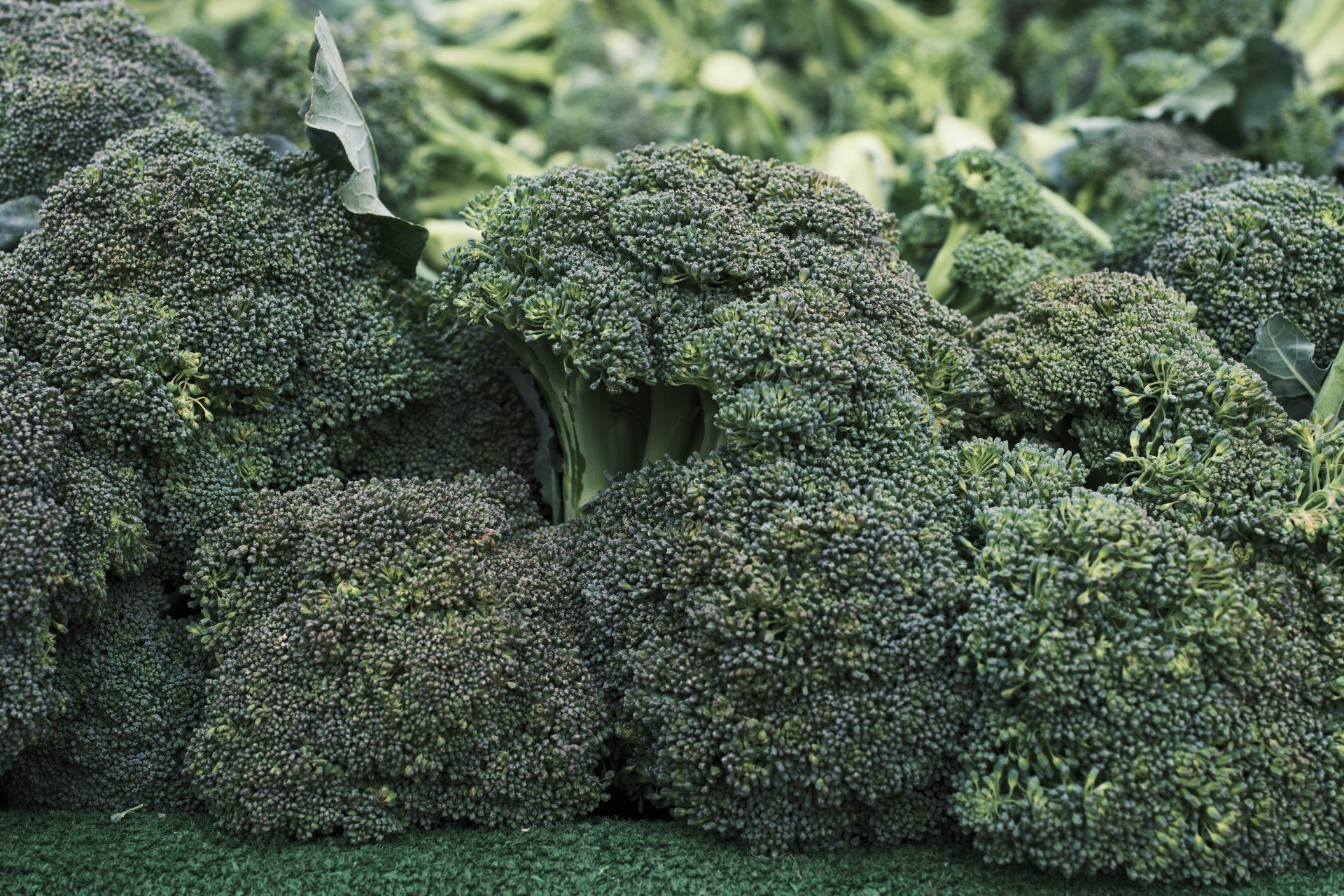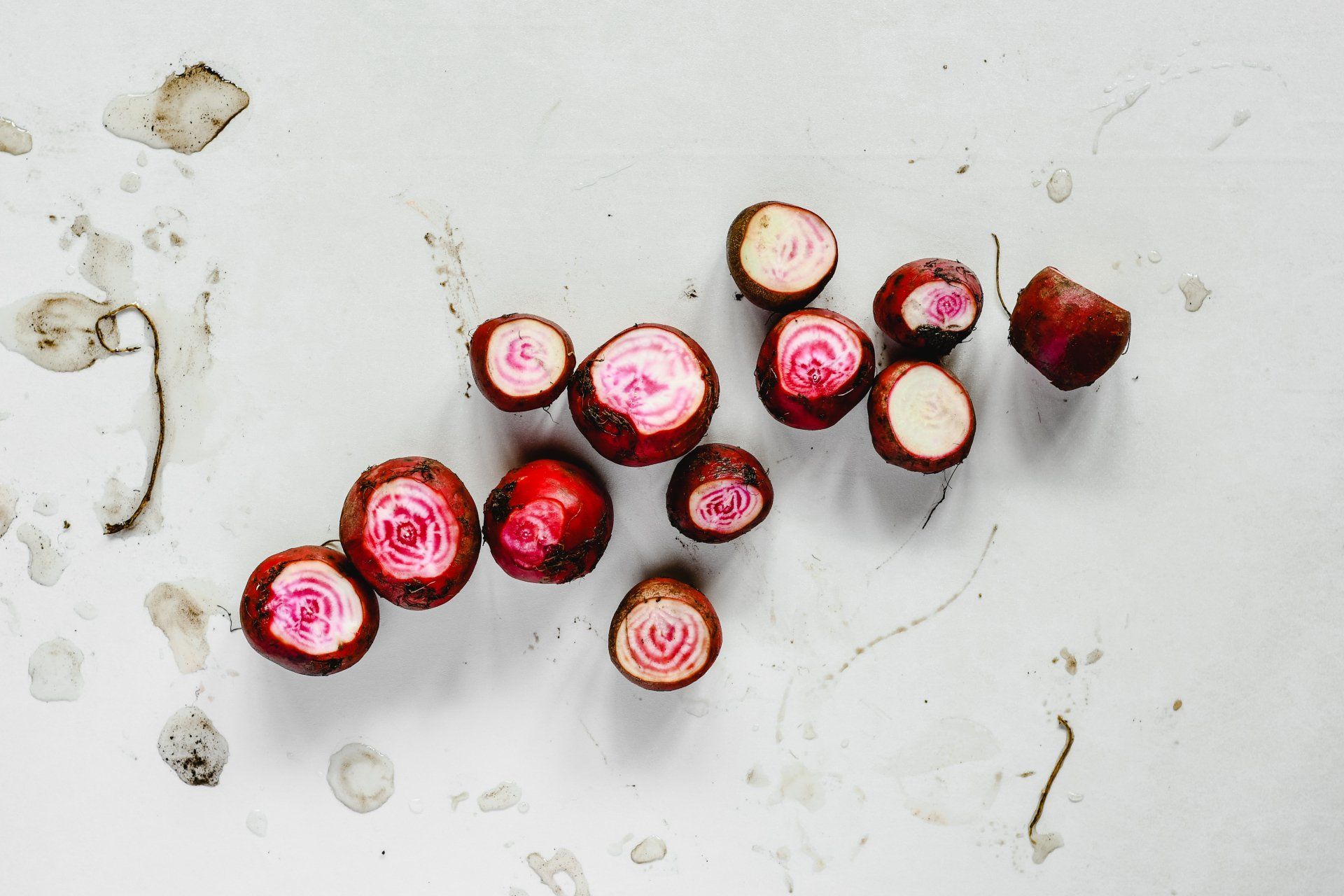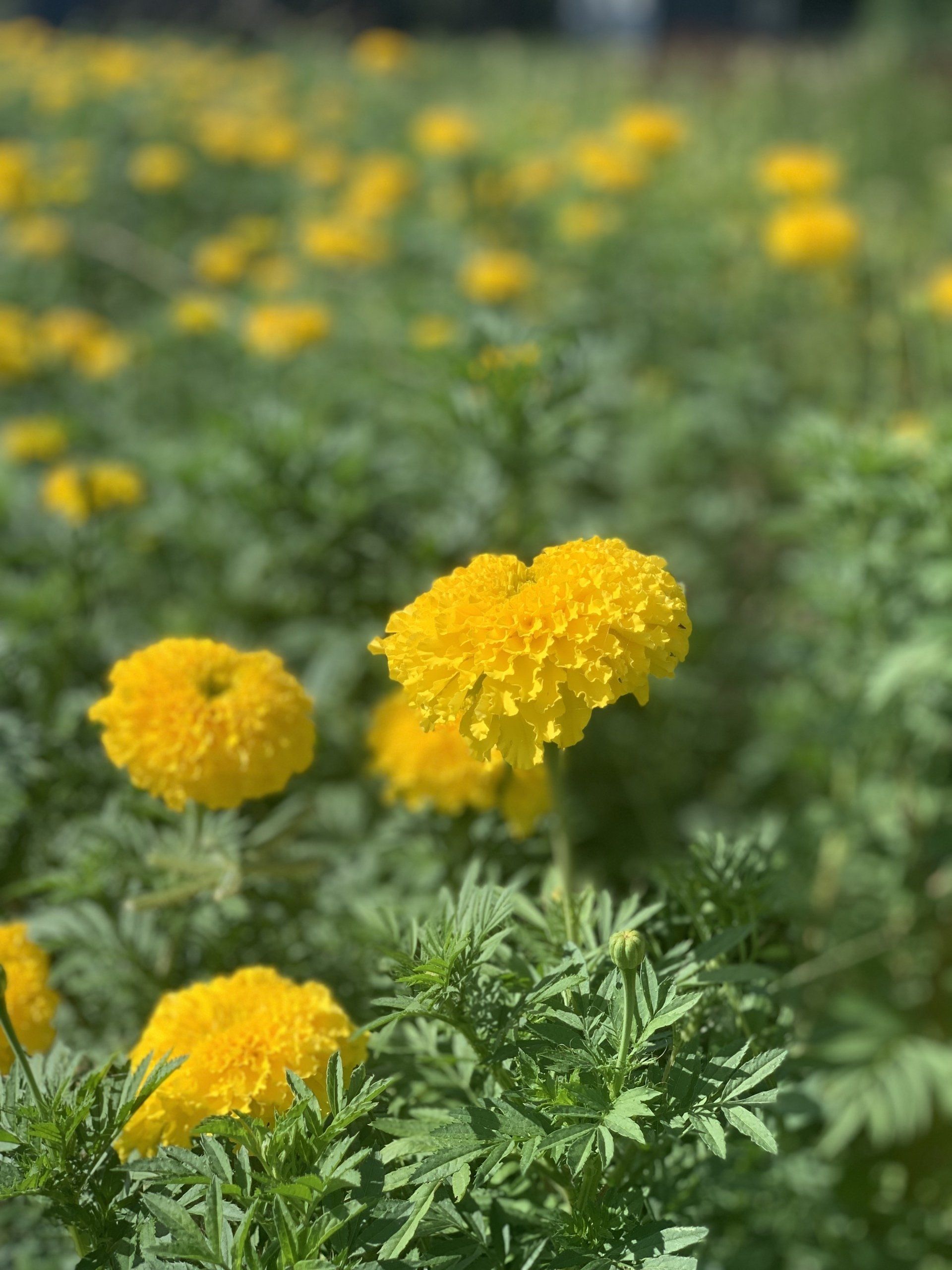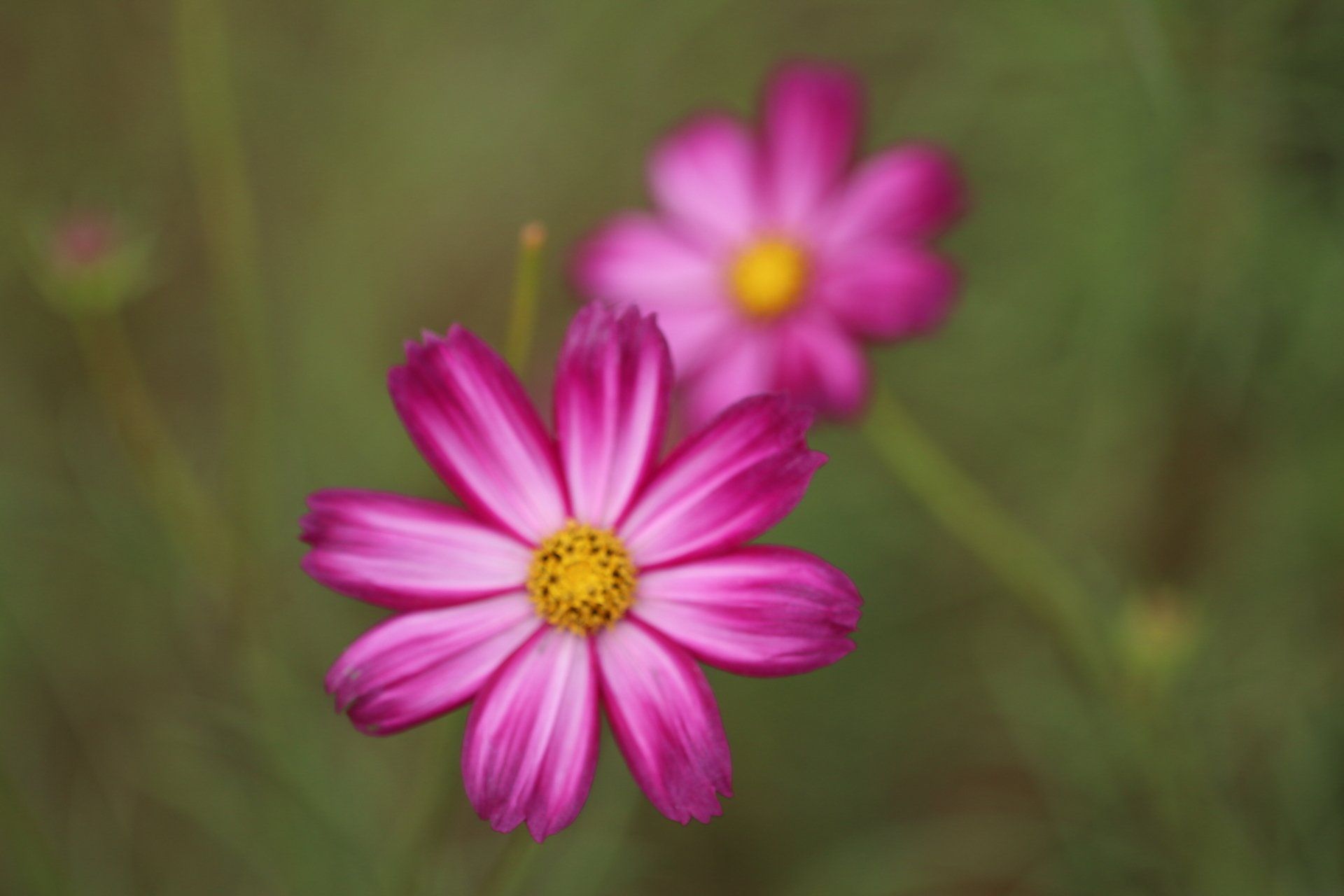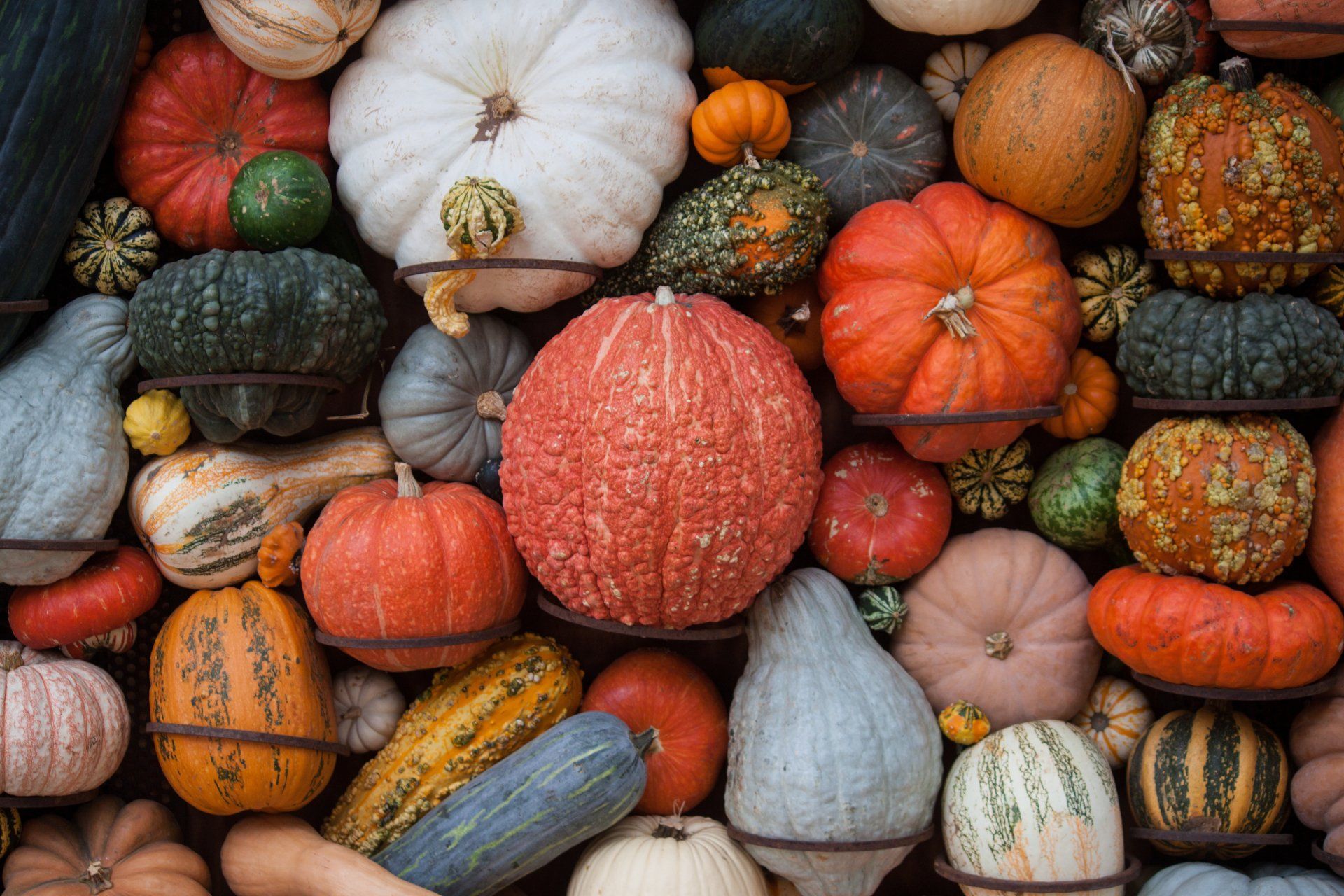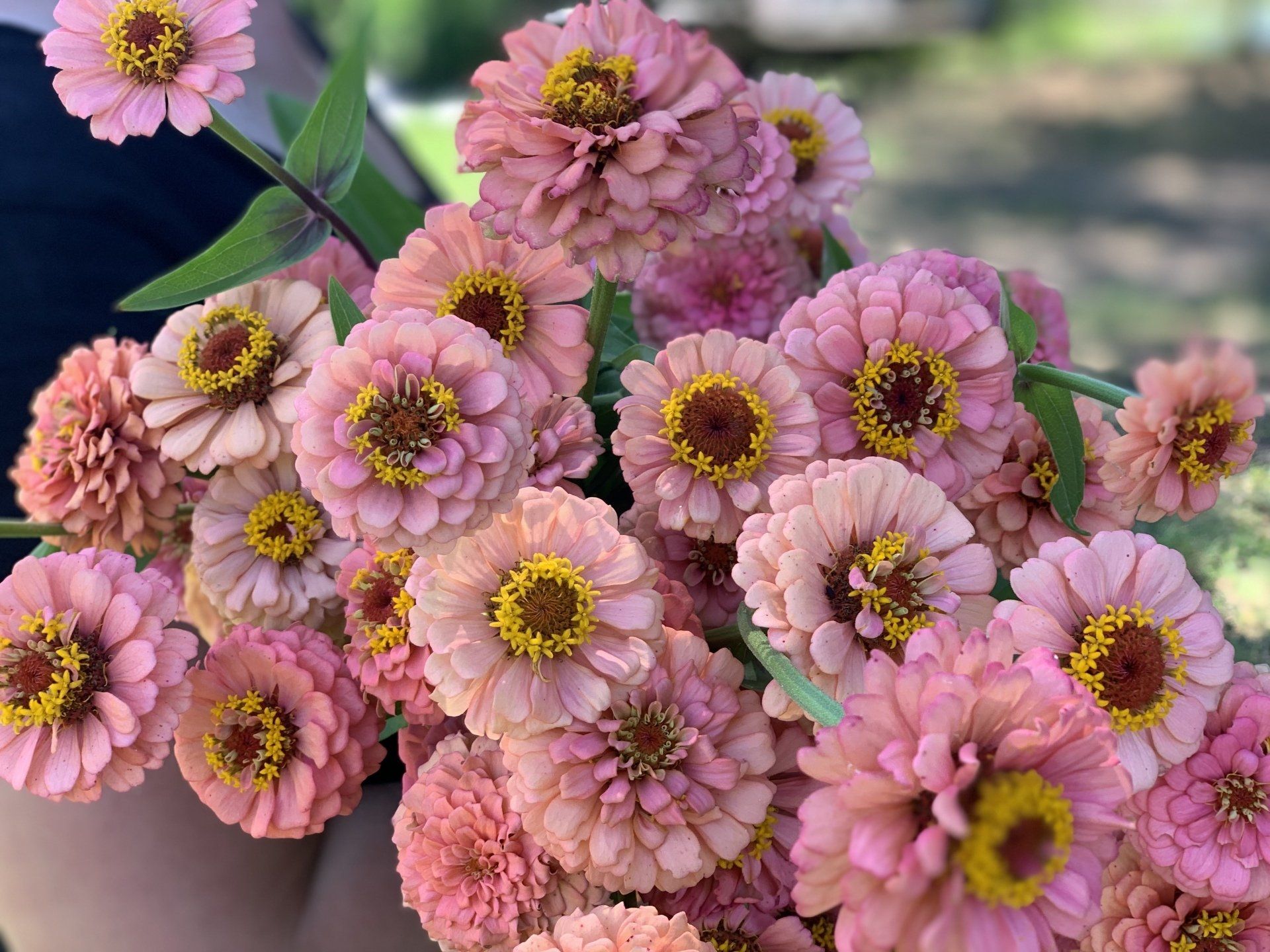Growing Tomatoes in The South - A Classic Garden Favorite!

Known as the most popular garden vegetable, the tomato, is a long time favorite for generations. While a fairly easy plant to grow and enjoy, there are a few tricks to learn that will help set you up for success.
There are over 10,000 different varieties of tomatoes registered so this can be incredibly overwhelming to select for your garden. Knowing the basics of the different varieties, sizes, shapes, and colors will help you have a better understanding to make the best choice for you.
Determinate tomatoes are big bushy types with small, berry tomatoes. The most common approach is to let these grow in cages or to stake with bamboo.
Indeterminate tomatoes are tall-growing with large tomatoes. These will need to be staked and tied every foot or two as they will keep growing until the end of the plant's life either by disease or frost. A trellis is another good option.
Hybrids are a cross of two distinct parent varieties that combines desirable traits such as disease resistance, early maturity, or fruit set at high temperatures. These are called F1 (first generation) varieties and are commonly grown by many vegetable farmers and growers. There are some fantastic hybrids that have been developed in the past 50-60 years that are favorites by many gardeners and growers for their specific traits that have made them better plants for growing in the South. The seeds produced by these plants may not come back true to the parent plant.
Open-pollinated can be defined by a variety with fixed genetic traits that are pollinated by wind or insects. The genetics are considered stable and it will grow true from saved seed.
Heirlooms are a classification of a variety that has been grown for at least 50 years and must be an open-pollinated variety. Many enthusiasts find the history behind the heirloom fascinating and motivating to carry on the line of that specific variety.
Within these different categories of seeds types, the sizes and shapes of tomatoes also vary greatly.
Beefsteaks are known as the jumbo ones and can be 1-2 pounds in weight!
Slicers are mostly round, not much bigger than a baseball, and can weigh 4-8 ounces.
Paste tomatoes are also known as plum, Italian, or Roma tomatoes. These are the best choice for canning, freezing, roasting, drying, or sauce making due to having fewer seeds and juice.
Cherry tomatoes are small, bite-size, round, oval, grape, and pear varieties in many colors including red, pink, yellow, green, purple, deep blue and two-tone varieties.
Currants are a different species altogether, are tiny pea size varieties that are perfect for snacking or as additions to salads.

Site Selection & Soil Preparation
Tomatoes grow well in full sunlight and need at least 6 hours each day. They all need to be planted in soil that drains well. They can be grown in raised beds and also large pots. If growing in large pots or containers, a five gallon option is recommended or slightly larger. Tomatoes are known to be “heavy feeders” and grow best with lots of organic materials such as compost, leaves, or rotted hay over the planting area. Mix this into the top 4-6 inches of soil.
Planting & Watering
Tomatoes are very very productive and usually only a few plants are needed. You can certainly start from seed or buy plants from your local garden center to get a head start. Buying already established plants is great for beginners but the varieties will be more limited. Tomatoes do grow fast and get big quickly and there are more than 10,000 tomato varieties in the world!
It is important in the Southern States to get our tomatoes going as early as possible as they do best in the spring and fall. The plants will not produce as well when the temperatures are above 90 degrees and you will start to fight disease and pests more. They are not frost tolerant so you will need to be prepared to protect if needed if you want to prolong your season in the fall and/or get started early in the spring.

Spacing
The recommended spacing for tomato plants is about two feet or more apart. Depending on the variety you choose, bushy or vining, will determine the plant spacing. It is better to space far apart for air flow to help decrease the spread of disease in humid areas especially.
About 24 inches is a good starting point. If you grow the Determinate varieties and you have space I would recommend even 3-4 feet between varieties if you want more air flow and a “cleaner” garden. The determinants will produce huge branches that will grow together if not kept pruned throughout the growing season.
Different Varieties Available
With thousands and thousands of different varieties it can be quite confusing and overwhelming to pick the right one to try in your garden. Start by searching for your state or county Master Garden group. Most county extension services have wonderful gardening resources with tried and true tips for your specific area.
There are many common varieties that are grown well across the south that are tried and true. Selecting the right variety for you all depends on your preferences and needs.
Here are a few recommendations to help get you started:
Sun Gold, Cherokee Purple, Yellow Brandy Wine, Black Krim, Celebrity, Juliet, Cherry Bomb, New Girl, Matt’s Wild, Valentine, Roma, Amish Paste, Super Sweet 100 VF, Tomato 444, and Early Girl.

Pests & Disease
While tomatoes are 10000% worth growing there are quite a few pests and diseases to watch out for during the growing season. Early detection is key with all gardening pests to be able to troubleshoot for the best treatment and success.
Tomato pests include stink bugs, whiteflies, spider mites, and hornworms as well as squirrels and birds who want to eat the fruit. Hand picking can be done easily with the hornworms. If you need to spray you can try neem oil or insecticidal soap first.
Tomatoes are known to be highly susceptible to fungus especially in the Southern States where the humidity is so high. Wider plant spacing at 12 inches or more will certainly help as well as keeping plants deadheaded and pruned. Drip irrigation will also help by minimizing the moisture on the leaves.
Common Diseases can include: Bacterial Wilt, Early and Late Blight, Septoria Leaf Spot, Leaf Mold, Bacterial Spot, Fusarium Wilt, Southern Blight, Seedling Disease (Damping-off), tomato spotted wilt, tomato Yellow Leaf Curl, Blossom End Rot and others.
If caught early enough, you can use a fungicide spray or drench. Your local garden center can help identify exactly what disease or pest you might have with a sample and help make recommendations for your exact region. If the fungus is widespread it might be best to dispose of the plant in the trash or by burning. It is not recommended to put in the compost pile as the spores can spread.
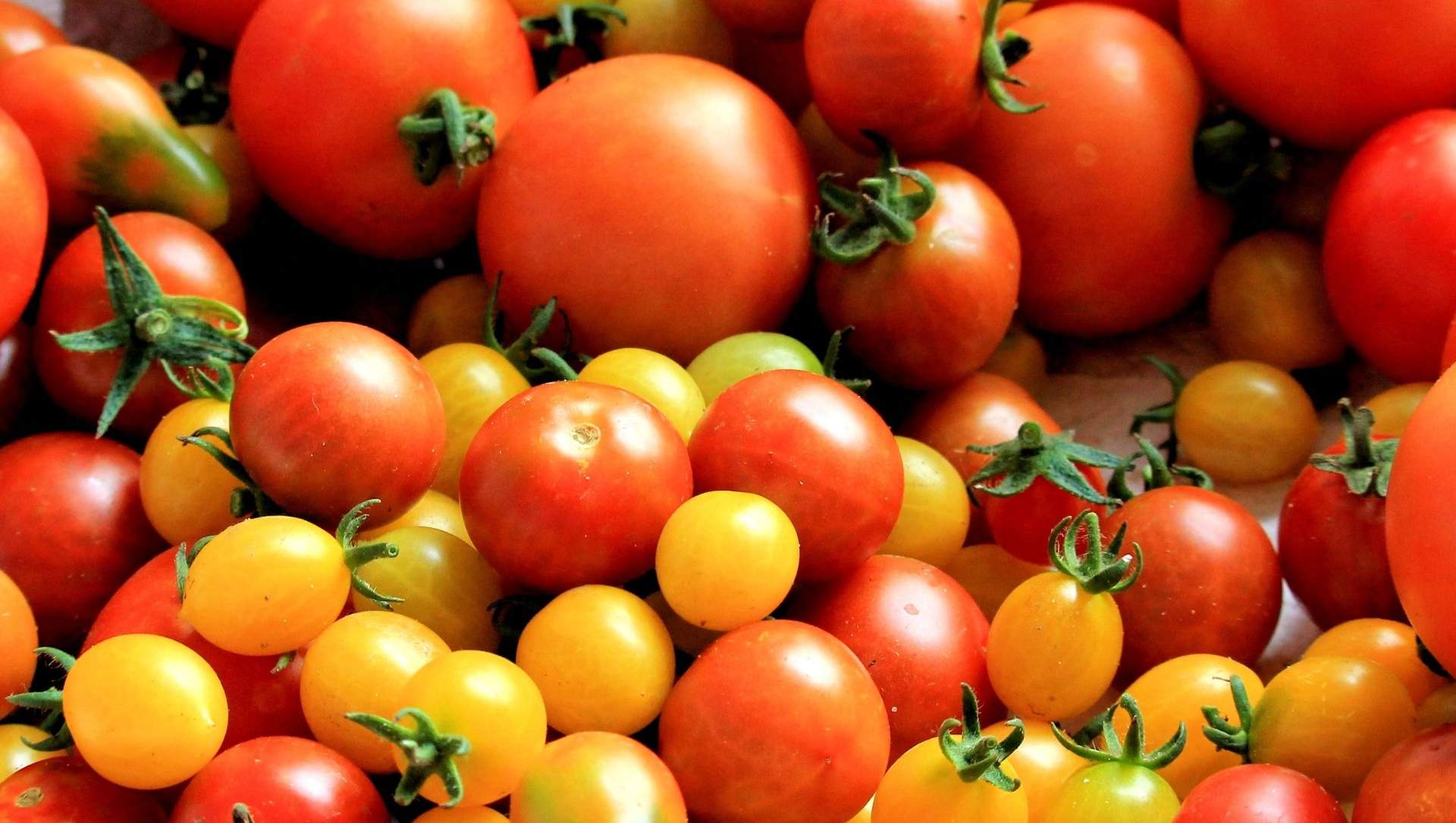
Harvesting Tips
The most important factor to remember with harvesting tomatoes is to let the fruit fully ripen on the vine as long as possible. This is certainly easier said than done as we fight the heat, pests and diseases. A tomato picked when it is starting to show color is called the “breaker stage” will eventually ripen indoors, however it will not match the full flavor that develops when it is allowed to ripen on the vine.
In general, tomatoes can be harvested when the entire fruit is solid red in color, if the tomato is slightly soft, and easily able to detach from the plant.
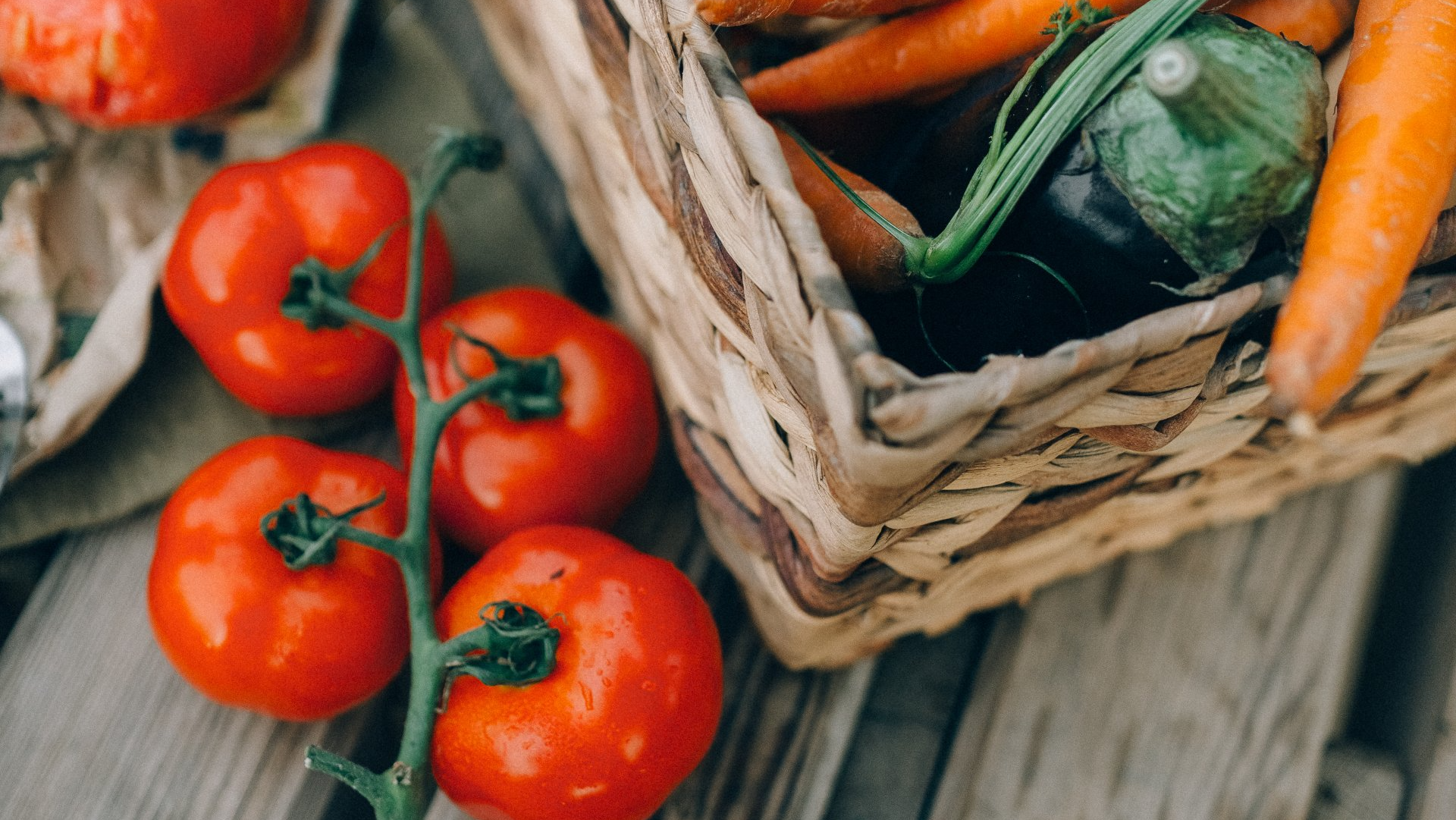
Tomatoes are one of our absolute favorites in the garden and we have a great selection in the Root & Roux Garden Shop available now! If you miss the window for planting this fall, just save your seeds in a cool, dry place and you can plant in the spring! Please let us know what your favorite varieties are as we are always on the lookout for new ones to try ourselves and offer in the store!
Happy gardening ya’ll!
